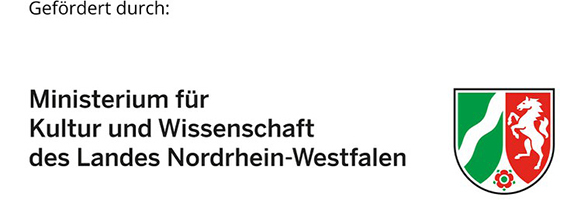Entwicklung eines Dispositionsleitstandes zur Bestimmung optimaler Torbelegungen in Stückgutspeditionsanlagen
DOI:
https://doi.org/10.2195/LJ_Not_Ref_d_Chmielewski_1220051Keywords:
Dispositionsleitstand, MILP, Material flow, Materialfluss, Stückgutspeditionsanlagen, Torbelegungspläne, heuristisches Scheduling-Verfahren, piece goods, scheduling, technische Logistik, zeitdiskrete MehrgüterflussproblemeAbstract
Allocating arriving trucks to doors for charging or discharging is one of the operative tasks in a freight forwarding terminal. In addition the planer also has to reserve a suitable time slot for each truck at the allocated door. This twodimensional planning task effects the amount of the resulting distances for the transshipment of all load units between the inbound doors and the outbound doors. Therefore, one objective of the planning task is to find an optimal allocation that leads to minimal total distances and a minimal number of resources needed in operations. A second objective is the minimization of waiting times. Trucks should be allocated to a door as soon as possible after their arrival in the terminal. Each truck has an individual time table indicating the earliest arrival time and the latest departure time form the terminal. The planer has to reserve a time slot within this period of time that is long enough for (dis)charging the booked number of load units. In case a truck is not allocated right after its arrival, the driver has to wait on a parking space until he gets further information. Therefore, minimizing waiting times leads to less crowded yards. In addition to this, trucks should be charged and discharged as soon as possible to reserve doors for time critical or very late trucks. A mathematical model based on time discrete multicommodity flow problems with side constraints was developed for the described planning task at the chair of transport and logistics (University of Dortmund). The resulting mixed integer linear programm (MILP) was programmed with the optimization solver CPlex and different test scenarios were applied to the Branch-and-Cut algorithm implemented in CPlex. In addition, a heuristic scheduling method and a yard management tool named LoadDock Navigation were developed in a cooperation project with hafa docking systems, one of the leading door and ramp producer. The tool supports a planer when developing optimal plans for the door allocation of all currently known trucks of a certain day. The tool combines scientic new planning methods, technical innovations as for example sensors in the ramps indicating the current status of all doors in the terminal as well as the expert knowledge of the planer.Downloads
Published
2005-11-24
How to Cite
Clausen, U., & Chmielewski, A. (2005). Entwicklung eines Dispositionsleitstandes zur Bestimmung optimaler Torbelegungen in Stückgutspeditionsanlagen. Logistics Journal: Editorial-Reviewed. https://doi.org/10.2195/LJ_Not_Ref_d_Chmielewski_1220051
Issue
Section
Artikel








